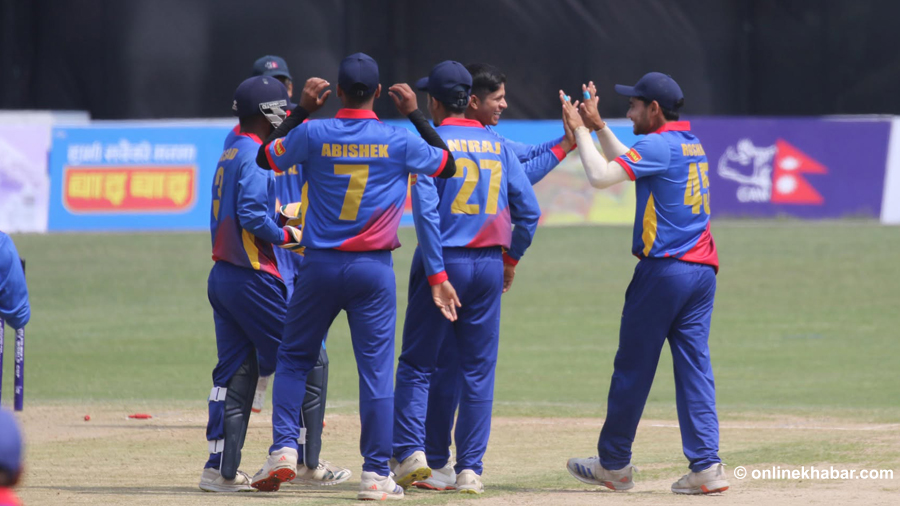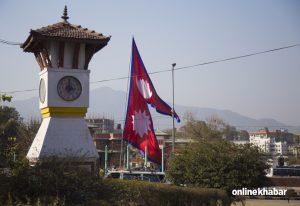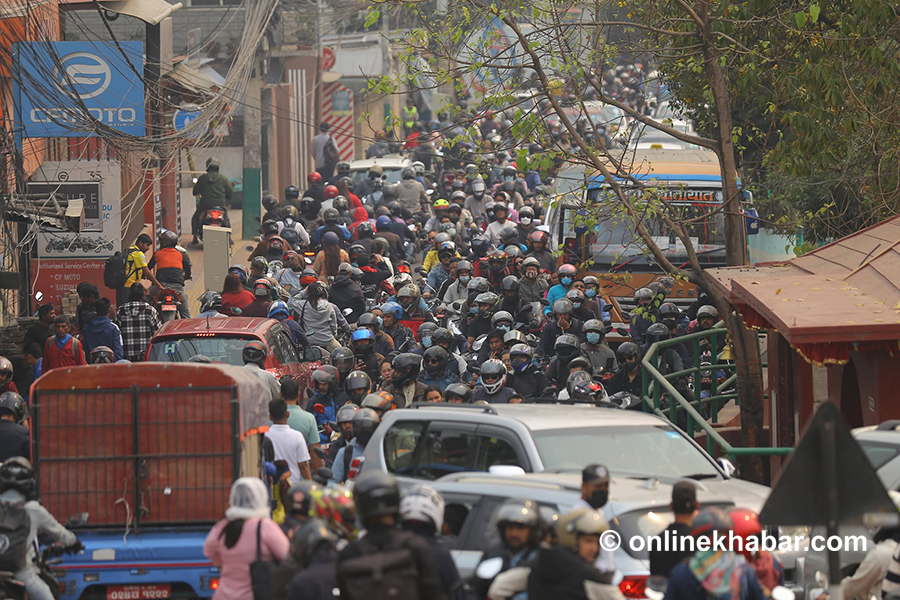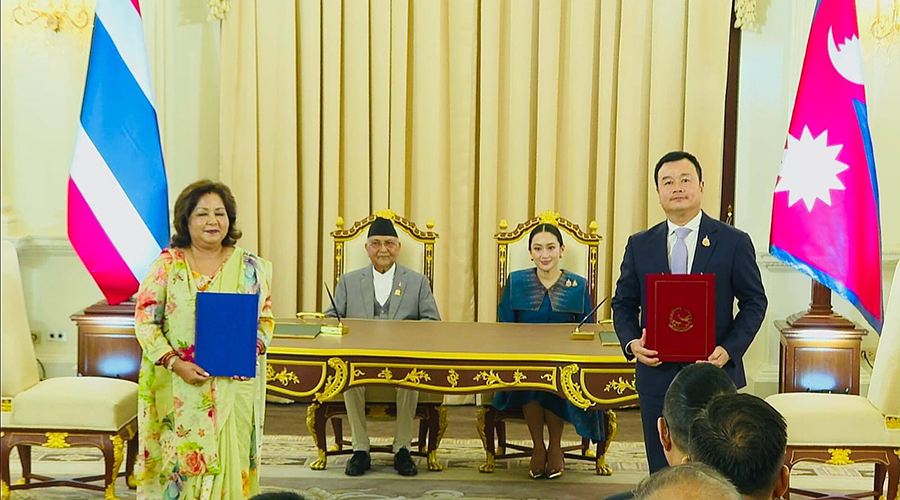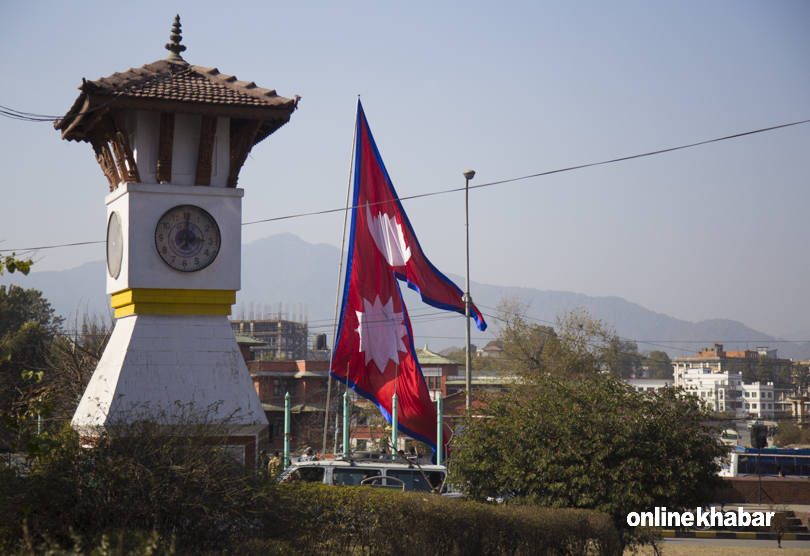
Starting Monday, Lalitpur has introduced Nepal’s first-ever Artificial Intelligence (AI)-enabled traffic light system, designed to manage traffic based on vehicle density. These intelligent traffic lights will automatically change red and green signals depending on the volume of vehicles on each side.
Lalitpur Metropolitan City formally launched the system at Pulchowk, where Mayor Chiribabu Maharjan inaugurated the lights by switching on the first unit installed near the Metropolitan Office.
In the initial phase, five AI-enabled traffic lights have been installed at key locations along the Kupondole-Jawalakhel stretch: two at Pulchowk, and one each at Kandevata, Damkal Chowk, and Jawalakhel, according to Srikumar Maharjan, the Chief Divisional Engineer heading the Urban Development Plan Division.
How it works
The AI-based lights are equipped with vehicle detection systems that count vehicles in real-time and relay the data to the traffic light server. The system then adjusts the signal timing, ensuring green lights for lanes with heavier traffic.
“Unlike traditional traffic lights, this automated system is efficient and reduces wait times. During peak hours, commuters in Lalitpur will only have to wait 30–50 seconds on average,” explained Lalitpur Metropolitan Police Chief Sitaram Hachhethu.
The integrated vehicle detector also reads license plate details and maintains traffic and accident records. Additionally, the system can adapt to various operational modes, including fixed timing, manual control, synchronisation, and adaptive traffic control systems (ATCS). The lights store data for up to five years, enabling effective monitoring and analysis.
A game-changer for traffic management
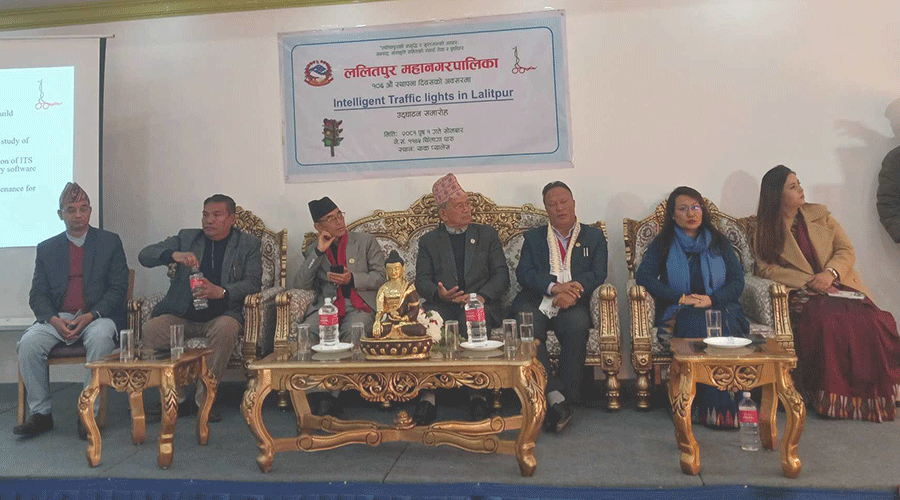
Mayor Maharjan emphasised the significance of these intelligent traffic lights, stating that they are the first of their kind in Nepal. While a feasibility study initially identified 117 locations for installation, the current phase focuses on areas with heavy traffic.
“The system allows communication between traffic lights to optimise stop and green times dynamically,” Maharjan said, adding that public awareness campaigns will accompany the implementation. School students and city police will assist in raising awareness.
By next year, the Metropolitan City plans to expand the system to major roads outside the Ring Road.
Current status of traffic lights in the Valley
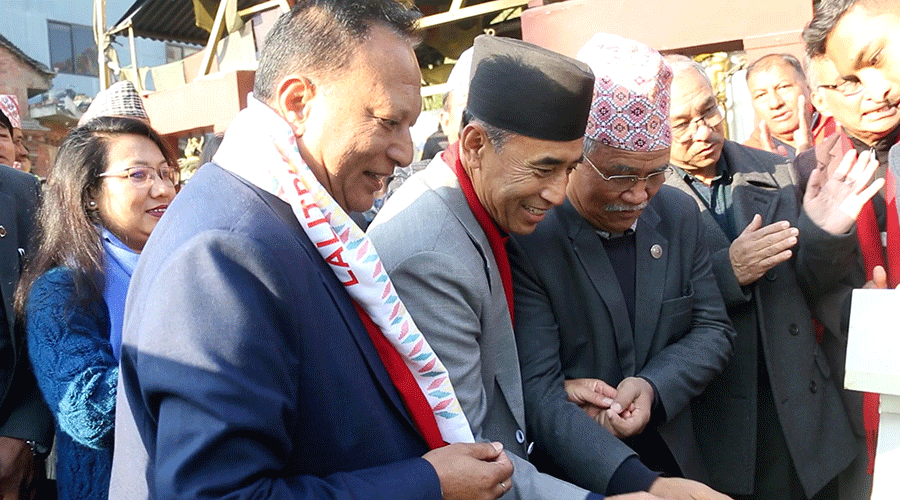
According to Sanjay Bahadur Raut, spokesperson for the Valley Traffic Police Office, only 35 of the 64 existing traffic lights in the Kathmandu Valley are functional due to technical issues.
The intelligent traffic lights installed by Lalitpur Metropolitan City aim to improve traffic management, enhance urban safety, and contribute to sustainable urban development.
The project, executed by Namuna Power Grade JV, comes with a five-year maintenance warranty, ensuring no additional expenses for the city during this period.
“This system marks a significant step towards modernizing traffic management in Nepal,” added Maharjan.







